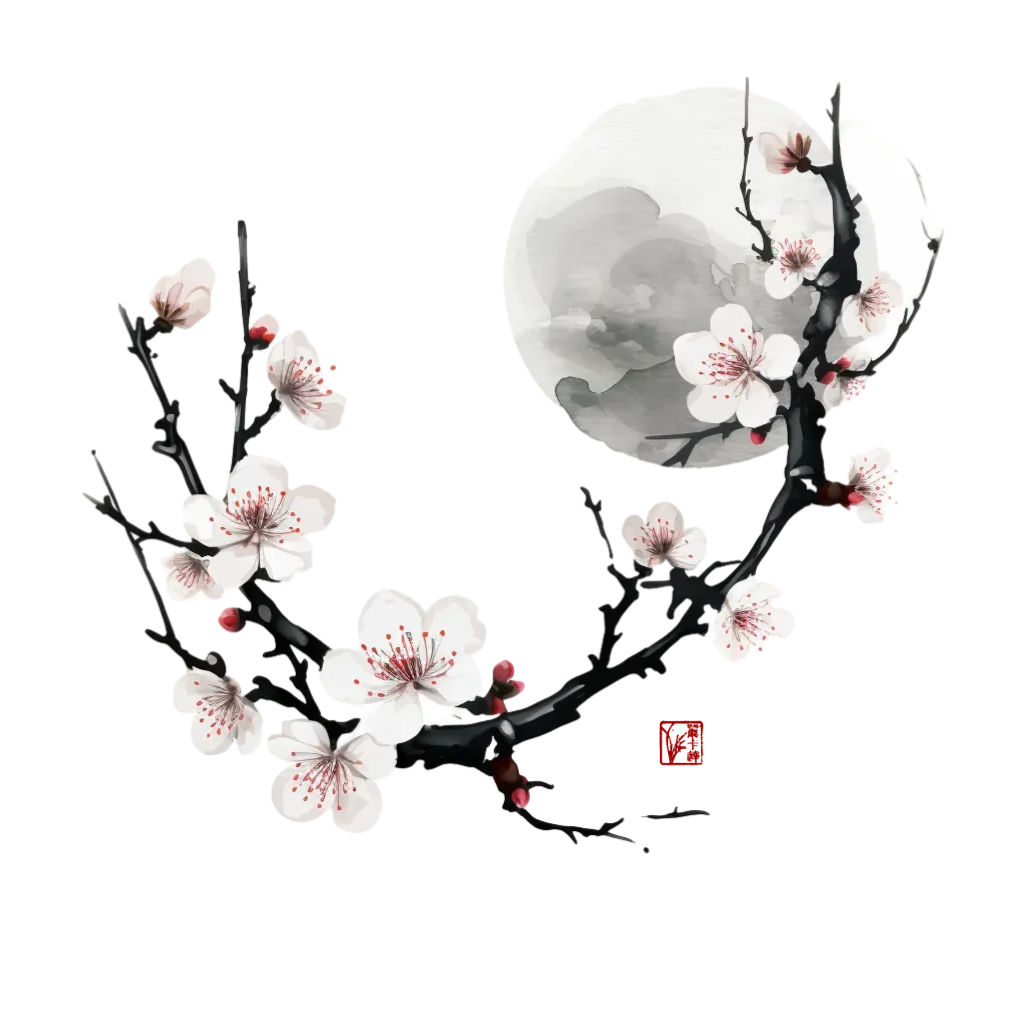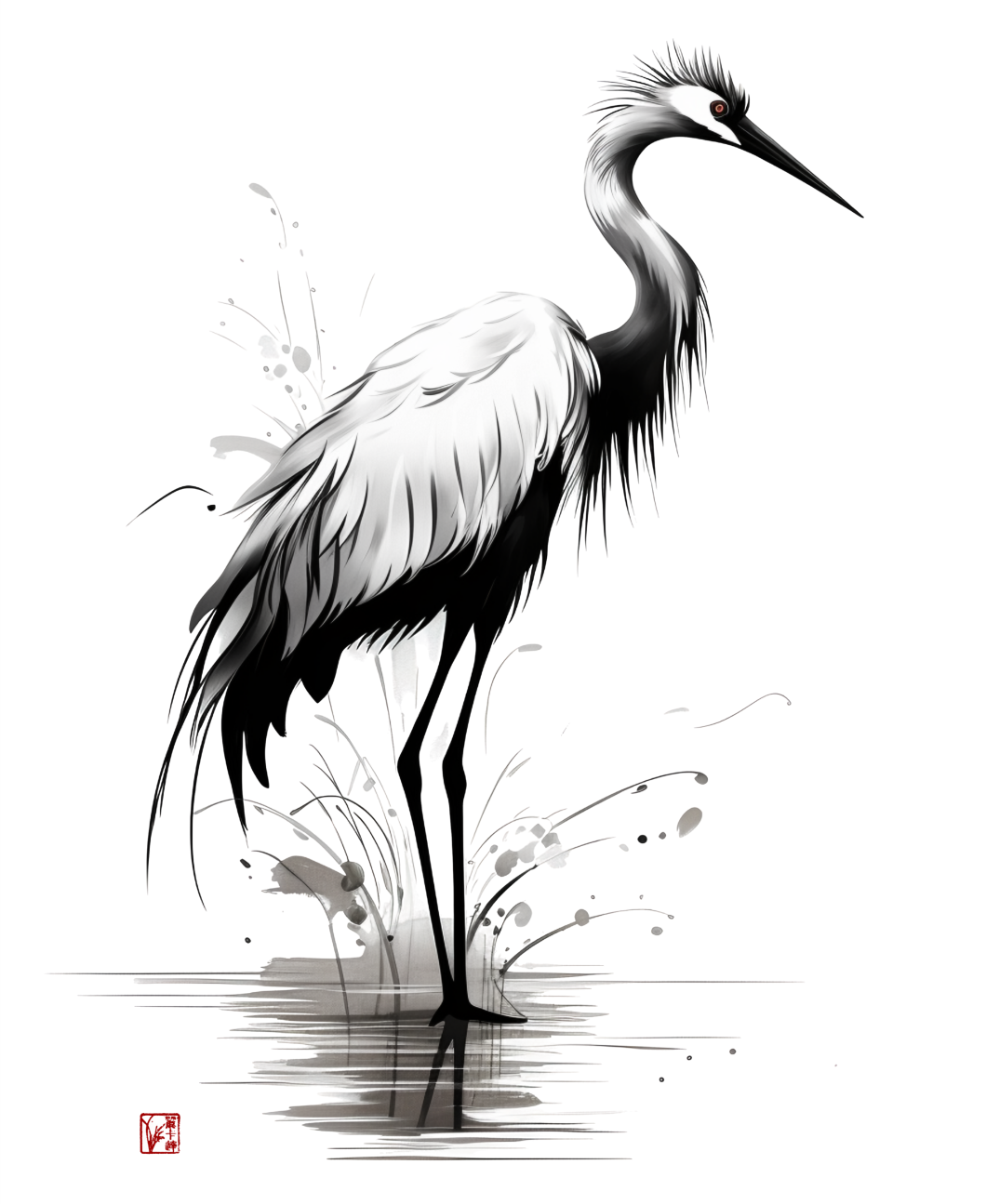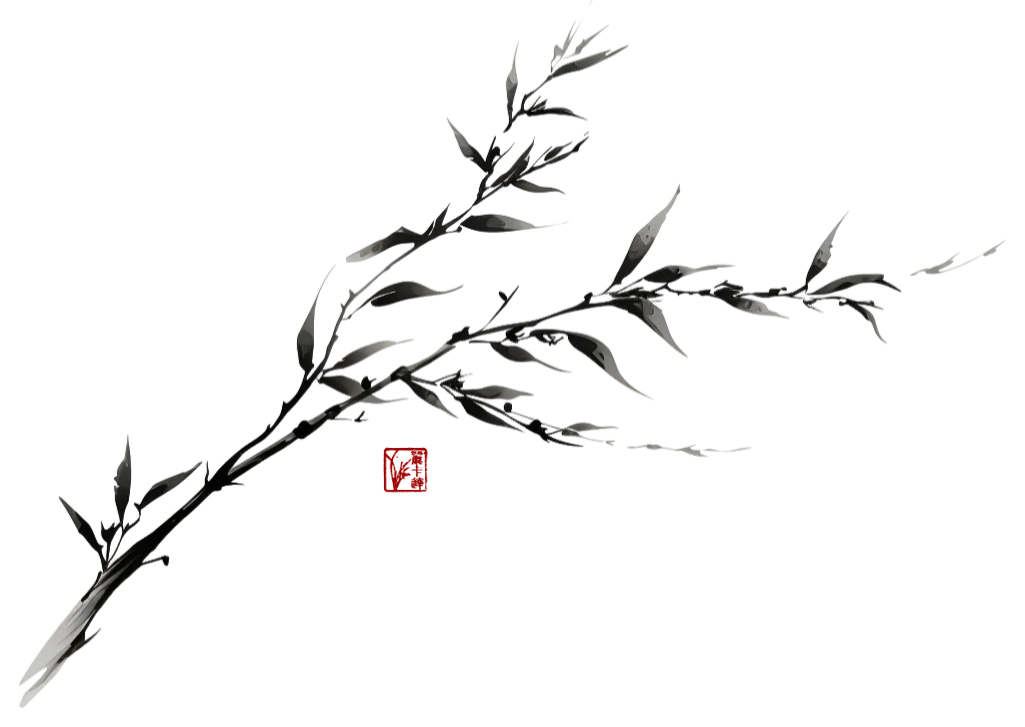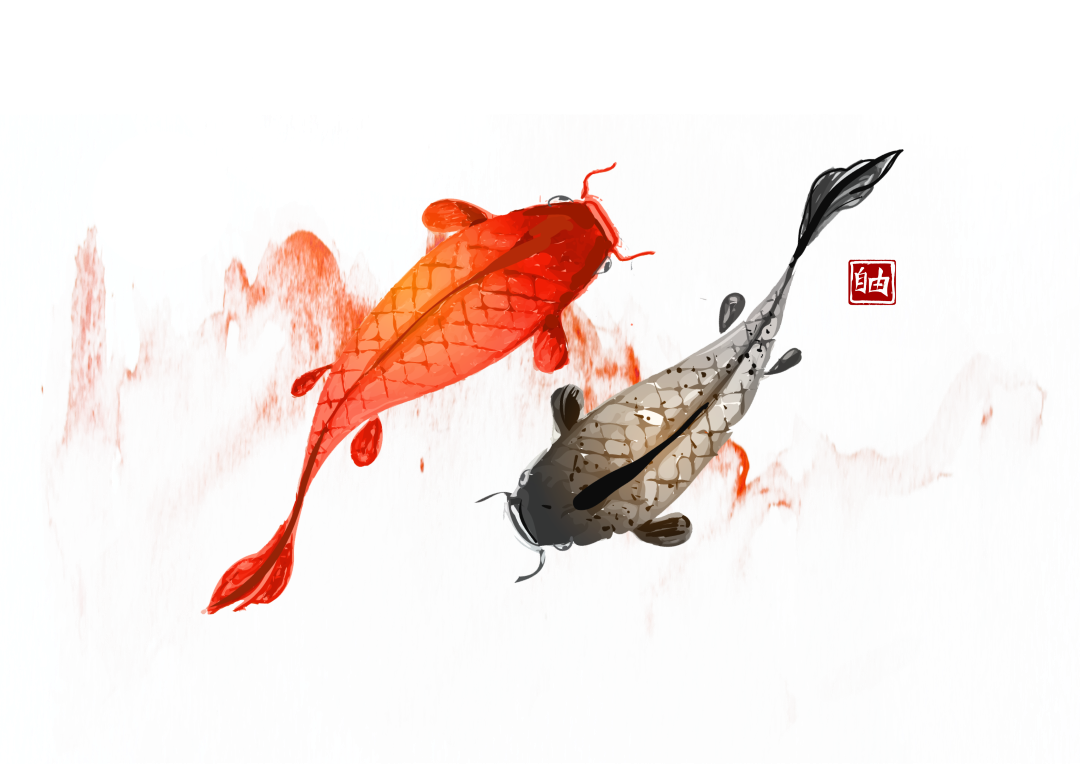Tag: taiji
Conversing on Yang Luchan
Yang Luchan
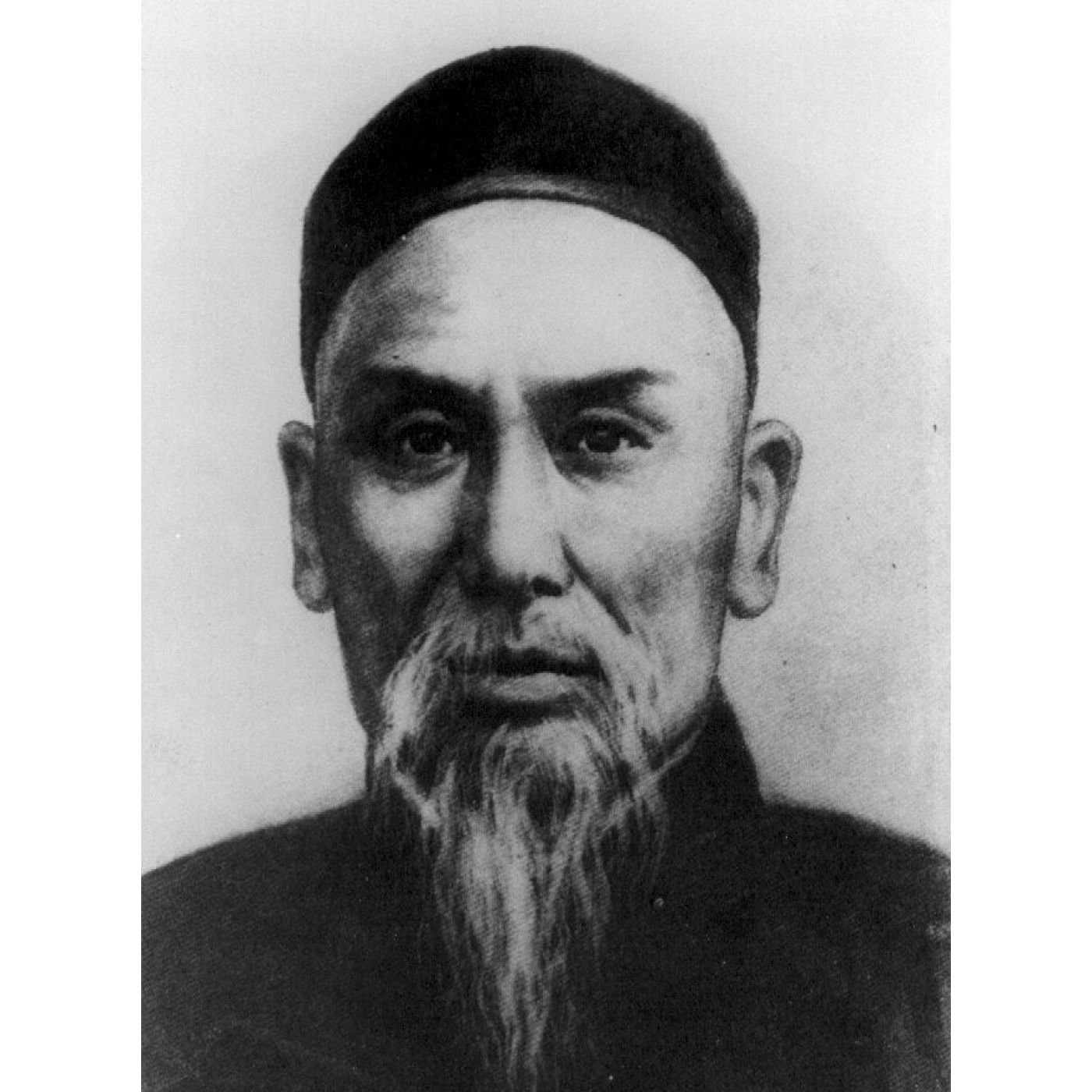
Yang Luchan
The Founding Father of Yang-style Taiji, whose legacy continues to inspire practitioners worldwide.
Yang Luchan: Master of Taiji
Born in the village of Yongnian in Hebei Province, China, in 1799, Yang Luchan’s journey into the world of martial arts began at a young age. Despite humble beginnings, he possessed an innate talent and an insatiable thirst for knowledge that would propel him to greatness.
Under the guidance of the Chen family, Yang Luchan honed his skills in the traditional martial arts, mastering the rigorous training regimens and intricate techniques of the Chen-style Taiji. His dedication and perseverance soon earned him recognition as a formidable martial artist, and he became known far and wide for his skill and prowess.
However, it was Yang Luchan’s innovative approach to the practice of Taiji that truly set him apart. Drawing upon his experiences and insights gained from his training with the Chen family, he developed his own unique style – a synthesis of the fluid, circular movements of Taiji with the practical self-defense techniques of traditional martial arts.
Yang Luchan’s teachings emphasized the principles of relaxation, balance, and internal energy cultivation, laying the groundwork for what would later become known as Yang-style Taiji. His innovative approach revolutionized the practice of Taiji, making it accessible to people of all ages and abilities and earning him a reputation as a pioneer in the field.
Throughout his life, Yang Luchan dedicated himself to the propagation of Taiji, traveling far and wide to share his knowledge and expertise with students across China. His legacy lives on in the countless practitioners who continue to study and practice his teachings, each one carrying forward the tradition of Yang-style Taiji and honoring the memory of the master who paved the way. Yang Luchan’s contributions to the world of martial arts are immortalized in the graceful movements and timeless principles of Taiji – a testament to his enduring legacy as a master of the art.
Yang Luchan
Master of Movement, whose graceful forms embody the essence of Taiji philosophy.
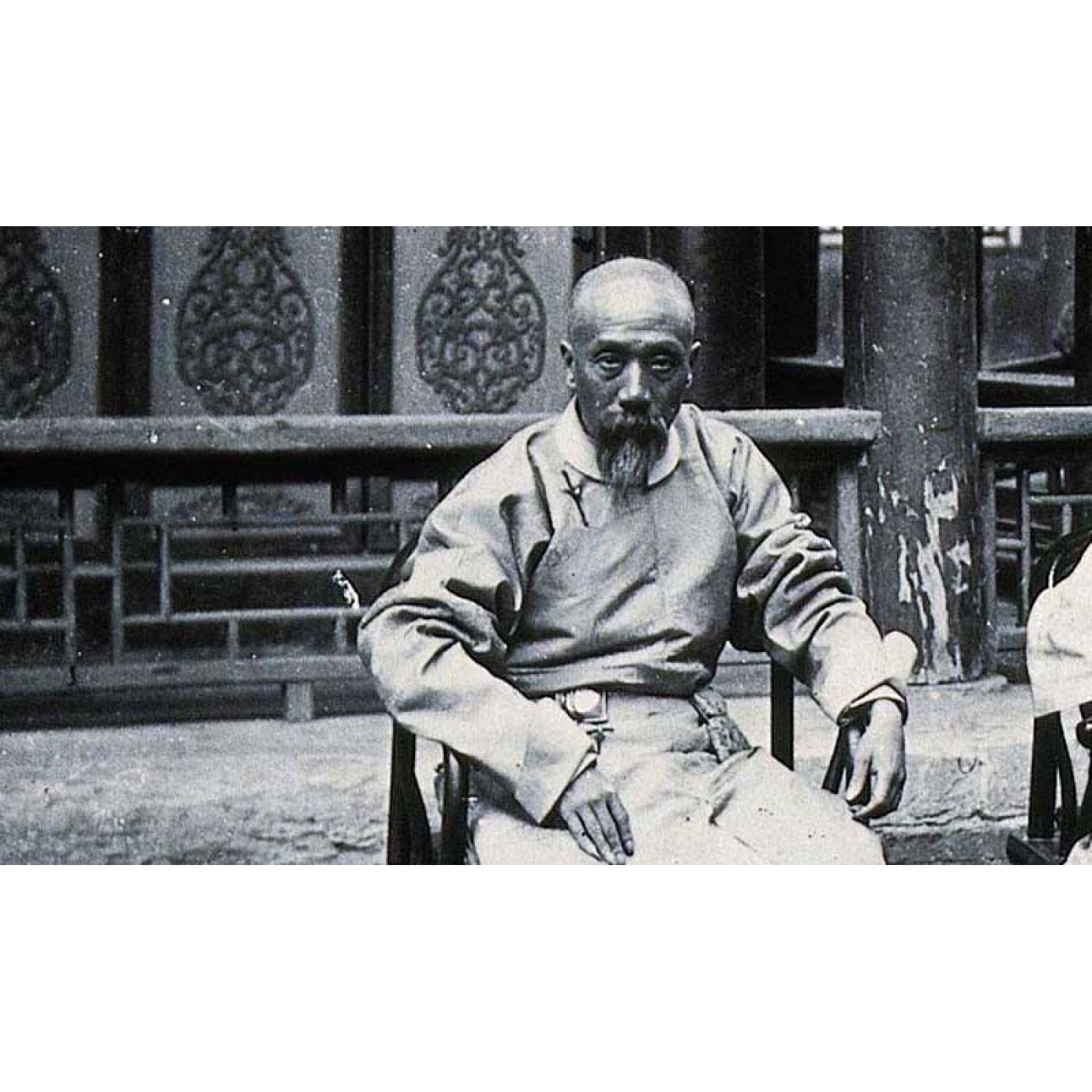
A Conversation on Taiji Styles
Paths Crossed
Conversations with Masters
Amidst the bustling streets of the city, I found myself in the company of a venerable sage—a master of the ancient arts, whose presence radiated wisdom and grace. As we sat together in a quiet tea house, I listened intently as he shared tales of his own journey along the path of harmony.
“Tell me, Master,” I asked, “what wisdom have you gleaned from your years of practice?”
The sage smiled, his eyes twinkling with hidden knowledge. “Ah, my friend,” he replied, “the path of harmony is a journey of discovery—a continual unfolding of the self and the world around us. In my youth, I studied under the guidance of the great Cheng Man Ching—a master of Taiji whose teachings continue to inspire and guide me to this day.”
Intrigued, I leaned forward, eager to hear more. “What was Cheng Man Ching like as a teacher?” I inquired.
The sage’s face softened with fond reminiscence. “Cheng Man Ching was a true embodiment of the Taiji principles—gentle yet powerful, humble yet profound. Under his guidance, I learned not only the physical forms of Taiji, but also the deeper principles of balance, harmony, and the Tao.”
As the sage spoke, I felt a sense of reverence wash over me—a recognition of the profound lineage that stretched back through the ages, connecting us all in a timeless dance of wisdom and insight. And as I listened to his words, I knew that I was in the presence of a true master—one whose teachings would continue to illuminate my path for years to come.
Upon returning home from my enlightening conversation with the sage, I felt a renewed sense of purpose and curiosity. Eager to delve deeper into the teachings of Cheng Man Ching, I sought out books and resources that could offer insight into his life and legacy.
One book, in particular, caught my eye—an in-depth biography chronicling the remarkable journey of Cheng Man Ching, from his humble beginnings to his status as a revered master of Taiji. With anticipation coursing through my veins, I eagerly immersed myself in its pages, eager to uncover the secrets of this legendary figure.
Cheng Man Ching: A Life of Mastery
Born in 1901 in Yongnian County, Hebei Province, China, Cheng Man Ching’s early years were marked by a deep curiosity and a thirst for knowledge. As a young man, he studied traditional Chinese medicine and martial arts, honing his skills under the guidance of esteemed masters.
In the 1920s, Cheng Man Ching’s journey led him to the renowned Yang family, where he became a disciple of Yang Chengfu, the legendary master of Yang-style Taiji. Under Yang Chengfu’s tutelage, Cheng Man Ching delved deep into the principles of Taiji, mastering its forms and internal dynamics with unparalleled skill and dedication.
In addition to his martial pursuits, Cheng Man Ching was also a gifted scholar and artist, with a keen interest in calligraphy, poetry, and traditional Chinese painting. His artistic endeavors would later influence his approach to Taiji, as he sought to embody the principles of grace, balance, and harmony in both movement and expression.
In the 1940s, Cheng Man Ching’s life took a dramatic turn as he was diagnosed with tuberculosis—a debilitating illness that threatened to derail his burgeoning career as a martial artist. Undeterred, Cheng Man Ching turned to the practice of Taiji as a form of healing, developing a modified version of the traditional Yang-style form that could be practiced by individuals of all ages and abilities.
Through his innovative teachings and holistic approach to health and well-being, Cheng Man Ching soon gained a reputation as a master healer and teacher. In the years that followed, he would travel extensively, spreading the teachings of Taiji to students around the world and earning the admiration and respect of countless practitioners.
Cheng Man Ching’s legacy continues to endure to this day, his teachings serving as a beacon of inspiration and guidance for all who seek harmony, balance, and self-discovery through the practice of Taiji. As I read his biography, I couldn’t help but feel a profound sense of gratitude for the wisdom and insight he had shared with the world – a legacy that would continue to shape my own journey for years to come.
Read more about Cheng Man Ching (Zheng Manqing) here: About Cheng Man Ching
The Whispers of the Forest
The Dance of the Crane
The Masters Wisdom
In the heart of a bustling city, I sought out the wisdom of a renowned Taiji master—a beacon of light amidst the chaos of urban life. With each step, I felt the weight of the world lifting from my shoulders, replaced by a sense of calm and clarity.
As I entered the master’s studio, I was greeted by the scent of incense and the sound of soft music—a sanctuary of peace amidst the noise and clamor outside. Sitting down beside the master, I listened intently as they shared their insights into the ancient art of Taiji – the principles of balance, harmony, and the Tao.
“Taiji is more than just a martial art,” the master explained, their voice gentle yet firm. “It is a way of being – a path to inner peace, health, and spiritual growth. Through the practice of Taiji, we learn to cultivate mindfulness, presence, and awareness, awakening to the beauty of the present moment.”
As I absorbed the master’s words, I felt a profound sense of gratitude wash over me – a recognition of the precious gift that Taiji offers to all who seek it. And as I bowed in thanks to the master, I knew that my journey along the path of harmony had only just begun.
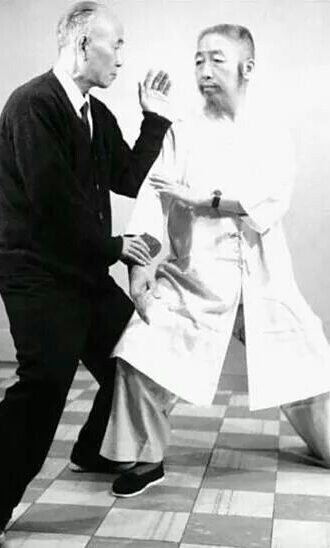
Tai Chi Masters | Taiji Masters
Visit the following section to read more about individual Tai Chi Masters that have shaped the art of Taiji:
(Photo on the left: Cheng Man Ching and T.T. Liang)
The Mirror of Life
The Weathered Scroll
One misty morning, as I roamed through the ancient corridors of a secluded monastery, my eye caught a glimmer of parchment tucked away in a forgotten alcove. Curiosity piqued, I reached out and unfurled the delicate scroll, revealing a treasure trove of Taiji’s history.
Inscribed upon the yellowed parchment were tales of antiquity, tracing the lineage of Taiji back to its humble origins in Chen Village, Henan province. It was here, amidst the tranquil countryside, that a legendary figure named Chen Wangting first developed the foundations of what would later become known as Taijiquan.
As I delved deeper into the annals of time, I discovered the fascinating evolution of Taiji through the centuries. From its secretive beginnings as a closely guarded family art in the Chen clan to its spread across China and eventually the world, Taiji bore witness to the ebb and flow of dynasties, wars, and cultural upheavals.
Each generation of masters contributed to Taiji’s legacy, refining and adapting the art to suit the changing times. From the Chen family’s intricate routines to the flowing movements of the Yang style, from the compact forms of Wu (Hao) to the compactness of Wu, and from the dynamic innovations of Sun Lutang, Taiji’s journey mirrored the resilience and adaptability of the human spirit.
Yet, amidst the myriad styles and variations, one common thread remained—the pursuit of harmony. Whether on the battlefield or in the quietude of the practice hall, Taiji offered a path to balance, serenity, and self-mastery—a timeless testament to the enduring wisdom of the ages.
As I rolled up the scroll and returned it to its rightful place, I couldn’t help but feel a sense of gratitude for the countless souls who had preserved Taiji’s rich heritage throughout the ages. Their stories, etched in the annals of history, served as beacons of inspiration on my own journey along the path to harmony.




